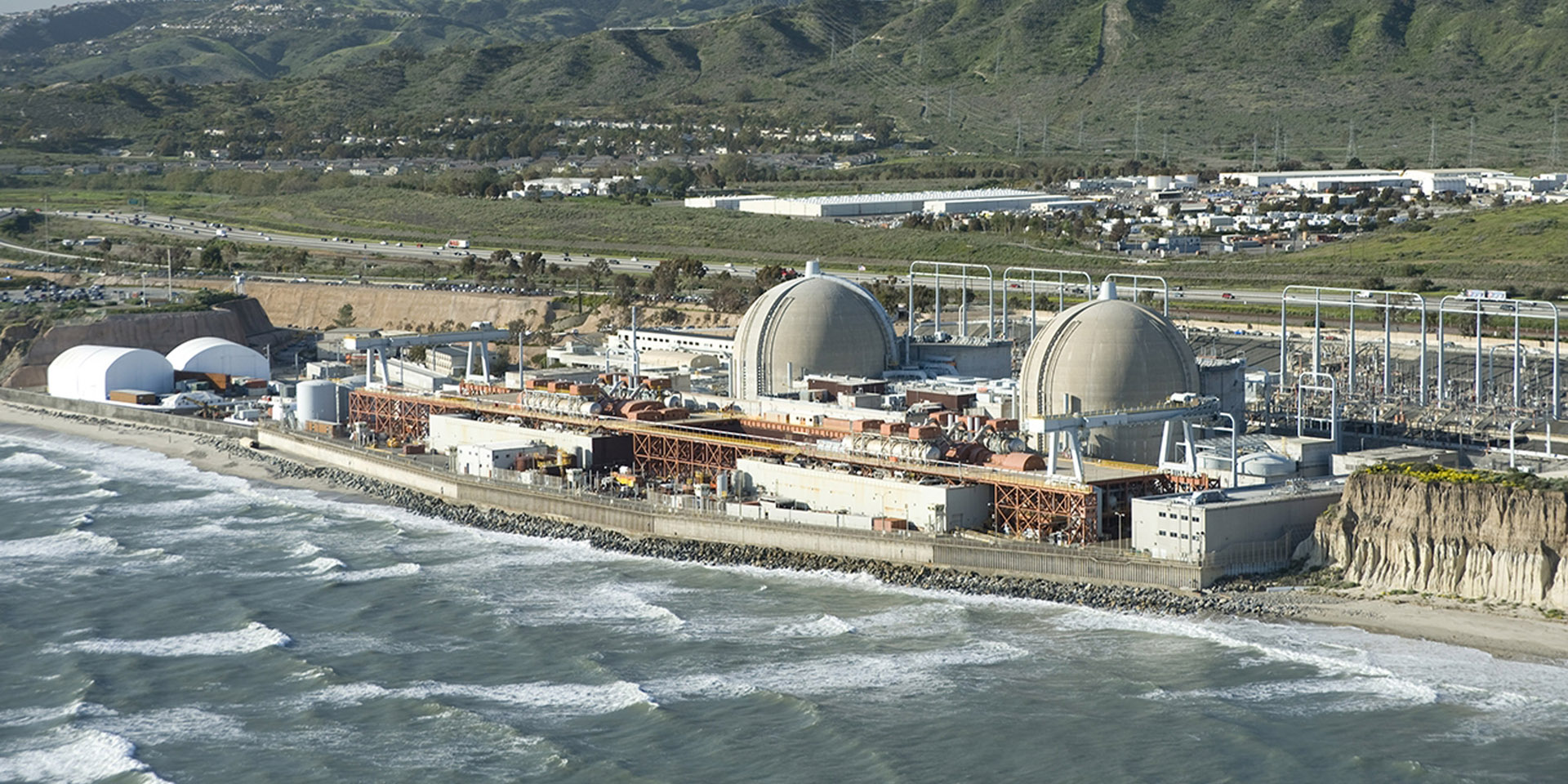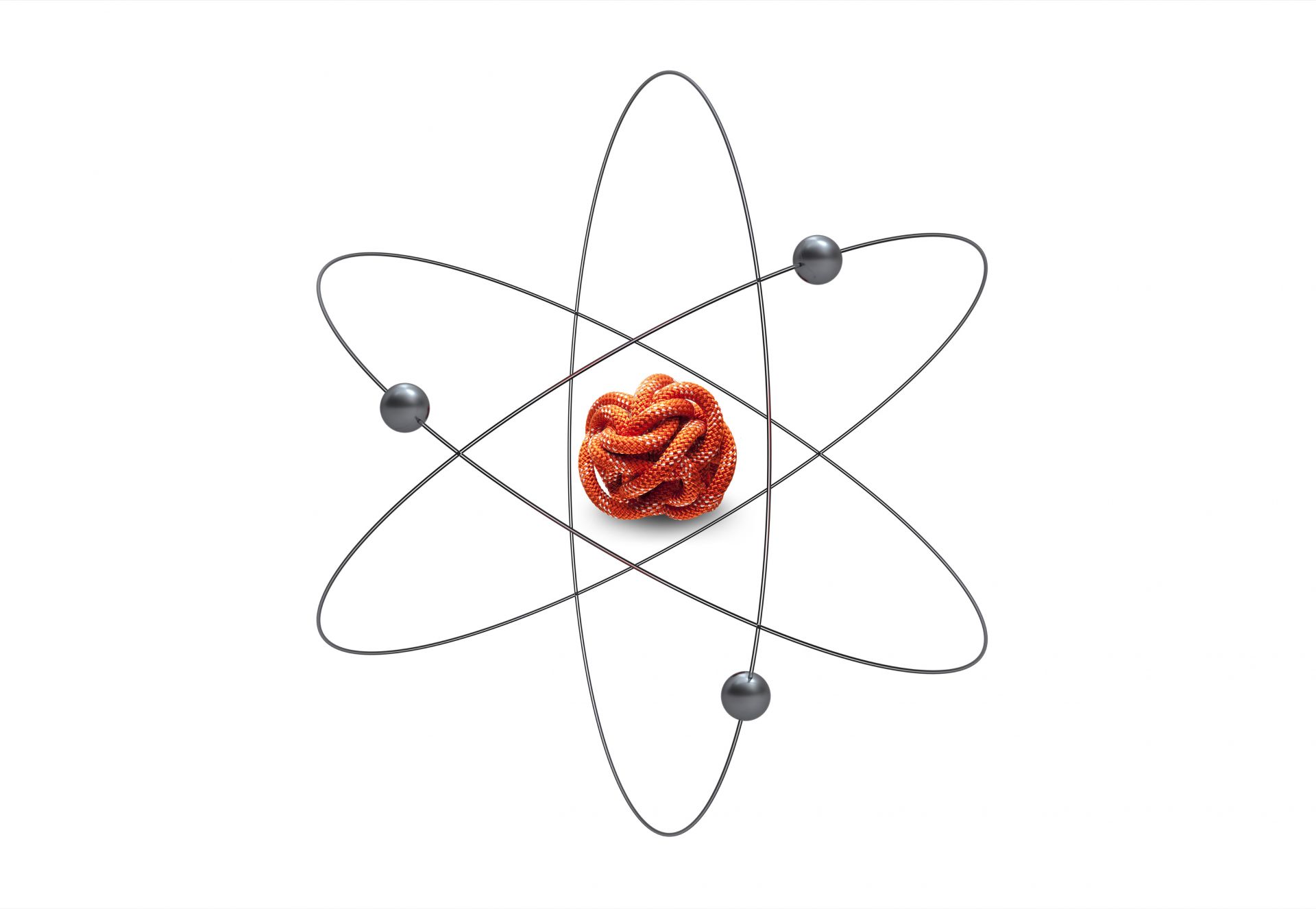The National Reactor Testing Station (Photo: DOE)
Gas-cooled reactors have roots that reach way back to the development of early experimental reactors in the United States and Europe. In the United States, early experimental reactors at Oak Ridge and Brookhaven National Laboratories were air-cooled, as were early production reactors known as the “Windscale Piles” in the United Kingdom. Dragon, also located in the United Kingdon and operational from 1965 to 1976, used helium as the coolant and graphite as the moderator.
Chubu Electric Power Co.'s Hamaoka nuclear power plant. (Photo: Chubu Electric)
“It is critical after the Hamaoka Nuclear Power Station restart that we reduce our cost and increase our capacity factor while becoming more economically competitive.” Ichiro Ihara, chief nuclear officer of Chubu Electric Power, made this observation recently when the Electric Power Research Institute visited the Japanese nuclear power plant for a strategy development session for plant modernization. EPRI’s team of five specialists spent four days at Hamaoka to investigate the feasibility of potential improvements—the third step of the EPRI modernization strategy planning process. It was a trip six months in the making—and the first time EPRI has applied its nuclear plant modernization process outside the United States.
The Beaver Valley/Energy Harbor training management team poses in Beaver Valley’s Unit 1 simulator room. Left to right are: Phil Norgaard (fleet training manager), Jerry Manning (maintenance and technical training supervisor), Shari Cook (fleet training superintendent), Annaliese Piraino (instructional technologist), Mike Brasile (training manager), and Greg Pelka (operations training superintendent). (Photo: Energy Harbor)
The education and training of the nuclear power plant workforce is advancing in ways that are increasingly based on scientific knowledge about how the brain works. At the Beaver Valley nuclear power plant in Shippingport, Pa., instructional technologist and certified nuclear instructor Annaliese B. Piraino is applying the principles of educational psychology and neuroscience to the instructional practices.
The plant, which Texas-based Vistra Corporation acquired recently from Energy Harbor, consists of two Westinghouse pressurized water reactors, each with a production capacity just over 930 MWe. The operators along with the maintenance and technical staff at Beaver Valley are beginning to show the benefits of the new neuroscience-based instructional approaches to training that are being implemented by Piraino and the Beaver Valley training department.
San Onofre Nuclear Generating Station. (Photo: Southern California Edison)
Ten years ago this month, on June 7, 2013, Southern California Edison (SCE) communicated the decision to permanently shutter the San Onofre Nuclear Generating Station (SONGS). The decision set in motion the decommissioning of a plant that had provided steady baseload power for the region since 1968 during a period of tremendous growth in the western United States. In the end, issues presented by the planned replacement steam generators that were intended to support future plant operations proved too large of a hurdle, and the plant was forced to retire.
The Shippingport Atomic Power Station in Shippingport, Pa., the first full-scale nuclear power generating station in the United States, began operating in 1957.
Serving as the world’s first scalable nuclear power plant, Shippingport Atomic Power Station led the way for today’s nuclear generation fleet. Shippingport was centrally located roughly 25 miles from Pittsburgh, Pa., to provide electrical generation for many end-users. Shippingport also served as an experimental reactor that allowed engineers and designers the ability to test different core designs, and as such, the site housed additional testing equipment otherwise not commonly seen. The primary goal of Shippingport was always to generate electricity; however, its ability to function as an experimental reactor served utilities in further development of scalable nuclear generation.

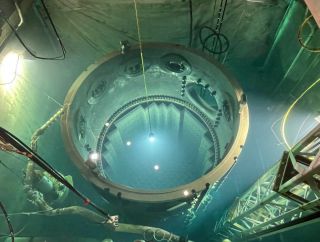
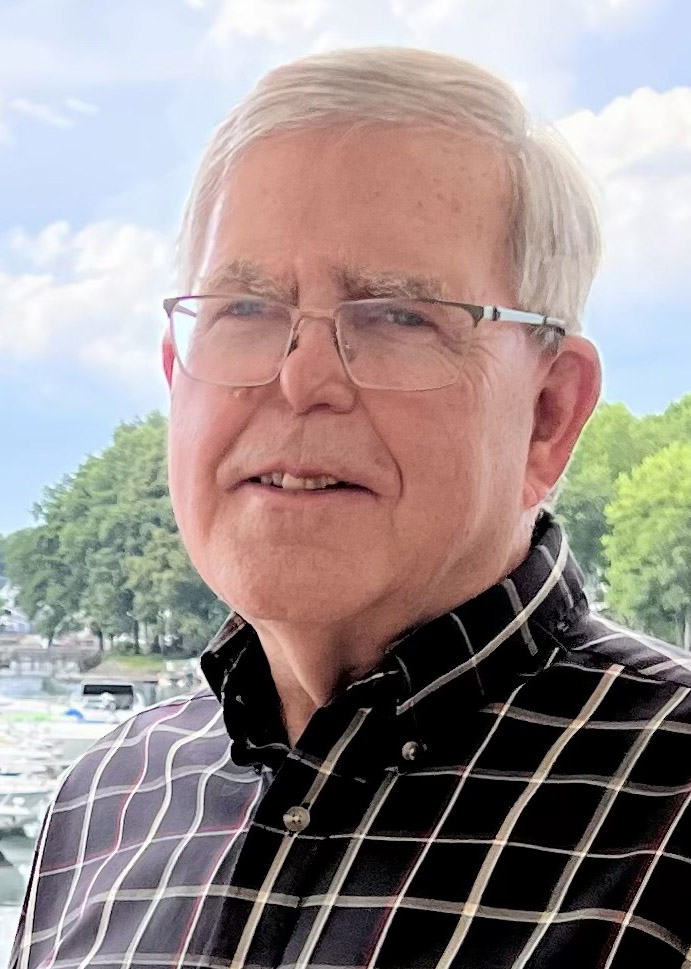

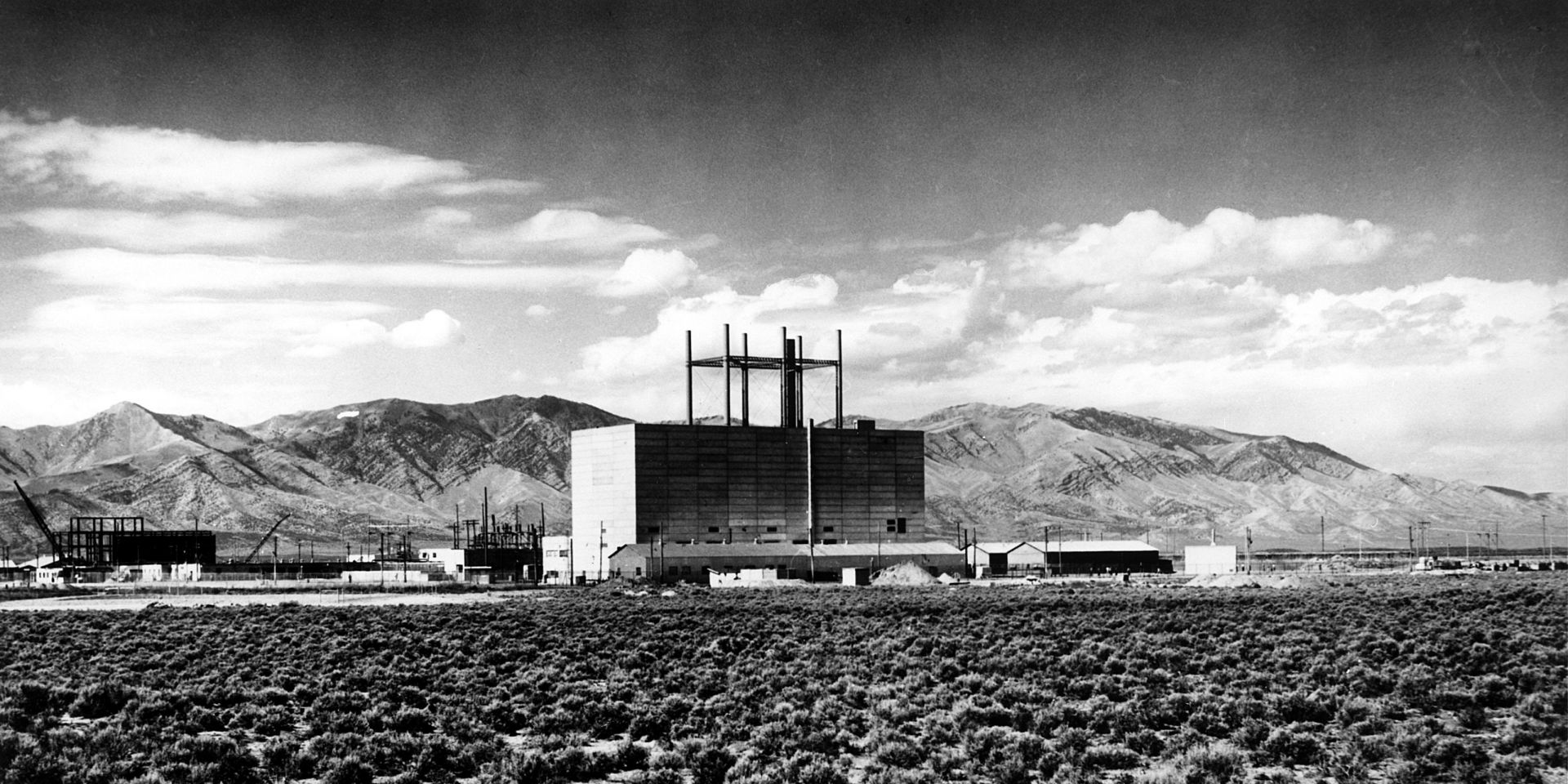 2x1.jpg)






